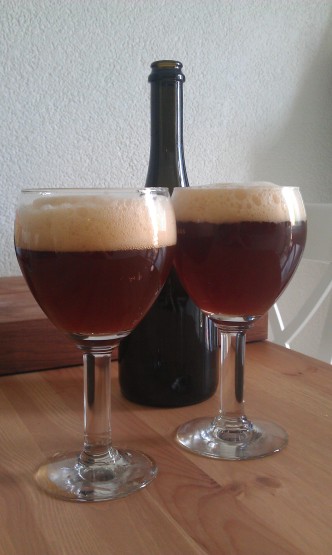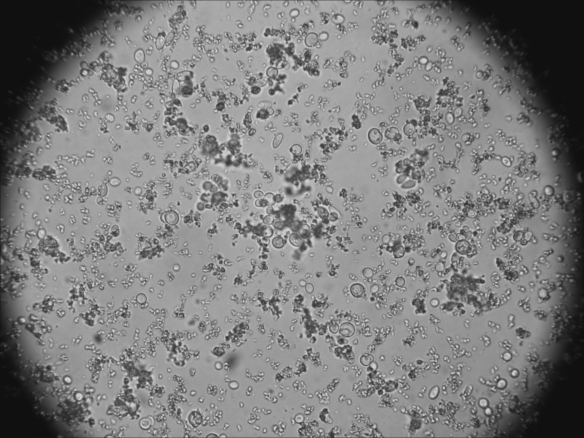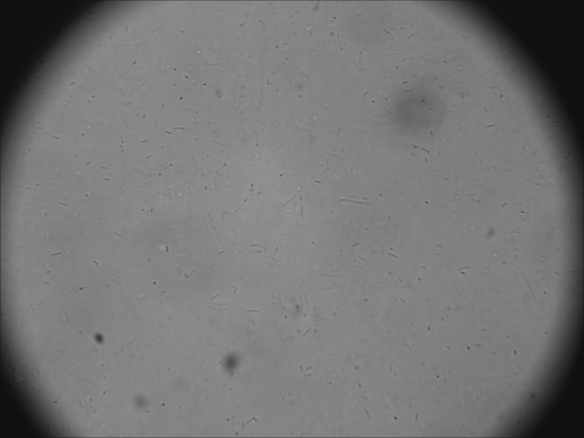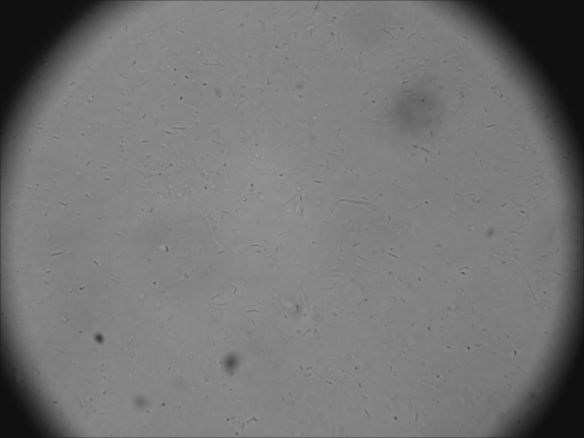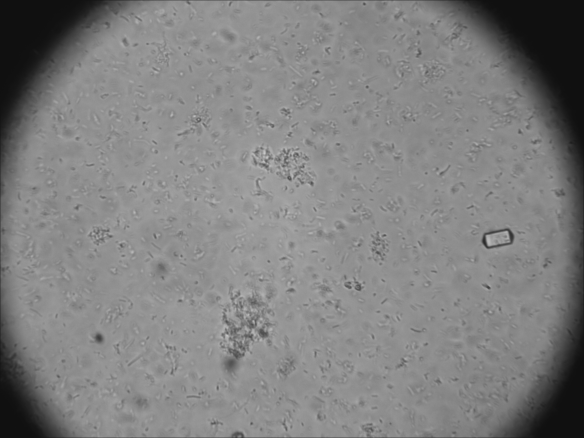Dear all, it has been a while since my last post. As life sometimes has some different tasks and projects lined up for you, sometimes you simply cannot cope with everything in parallel. I would like to take the opportunity to talk about some news and the future of this blog.
As you may know, I share the dream of so many homebrewers to eventually make a living with brewing. And step by step, my brother and I created the brand Blackwell Brewery back in early 2012. And since late 2015, Blackwell is actually a legal company and we just need to wait now to get the approval for a liquor licence to make Blackwell an official Swiss brewery. In early 2014, we started brewing as gipsy brewers before investing in our first 400 L brewing kit. This step allowed us to refine our base recipes, playing around with some no-boils & mature beers in barrels for the first time. Without losing to much money (we had to dump a couple of batches though). Not to forget all the collaboration projects we got involved in that gave us more and more insight into the entire beer production work flow. And all our customers and good friends giving us the support and motivation to go the next steps. In less than a month from now, we will move to a new space where we have a good base for whatever might come next.
At Blackwell, we hand-craft all our products on a small quantity with focus on high quality – in effort to give our fans a different tasting product. We plan to brew a variety of styles with focus on Wild, Rustic, Sour, Dark, Light, Über-strong, Fermentation-driven beers. And everything else that floats our boat.
Carnivale Brettanomyces – 2016
I am very privileged and happy to announce that Blackwell got invited to the Carnivale Brettanomyces 2016 festival hosted in Amsterdam (NL) from the 23rd to 26th of June. Not only will there be beer on tap from Blackwell but I will lecture a yeast Master Class at the festival too. For more information about the festival and the lecture, please check-out the following links. Would be great to meet some of my readers in Amsterdam.
https://www.facebook.com/Brettfest/?fref=ts
http://www.wildegist.nl/
Discontinuation of the blog
Since I am still working my day-job and guiding Blackwell alongside, I came to the decision to discontinue publishing material on this blog. As I am a big believer in quality information, I simply don’t want to publish for the sake of publishing. However, as I am still doing my yeast projects, I will continue on publishing via the website of the brewery. I will put the new links on this blog as soon as I set-up the website’s blog part. The content of the blog will however stay where it is, I am still available for questions, yeast sharing etc but no new content will be uploaded.
Yeast Lab
What about the release of the EYL yeast strains? This is still a work-in progress project. At the moment, I have a Saccharomyces strain being tested by local brewers. Main reason for that is to check the packaging, propagation and shipping of the product on my side prior to selling the yeast products. The focus will be the supply of yeast products to homebrewers in Switzerland. Shipping outside of Switzerland might come in the future as well. Depending on the local demand. And the release & sell of the yeast will be supported by Blackwell. Meaning, all EYL strains are now owned and managed by Blackwell.
I think that’s enough information for today. The next post will very likely be the last one. I would like to take the opportunity to thank all my fellow blog readers and people who reached out to me by email or placing a comment. I am especially grateful to all the people who pointed out mistakes in the post. Or all the interactions that lead to great friendships. When I started the blog in January 2012, I would have never guessed that so many people would be interested in reading what I am writing. Especially as I am not an English native speaker (nor a very skilled writer). Thank you all.
Kind regards,
Samuel



 Gene prediction
Gene prediction Gene annotation
Gene annotation Most abundant species associated with the best blastx hits were Dekkera bruxellensis, Ogataea polymorpha and Pichia kudriavzevi (not shown).
Most abundant species associated with the best blastx hits were Dekkera bruxellensis, Ogataea polymorpha and Pichia kudriavzevi (not shown).
